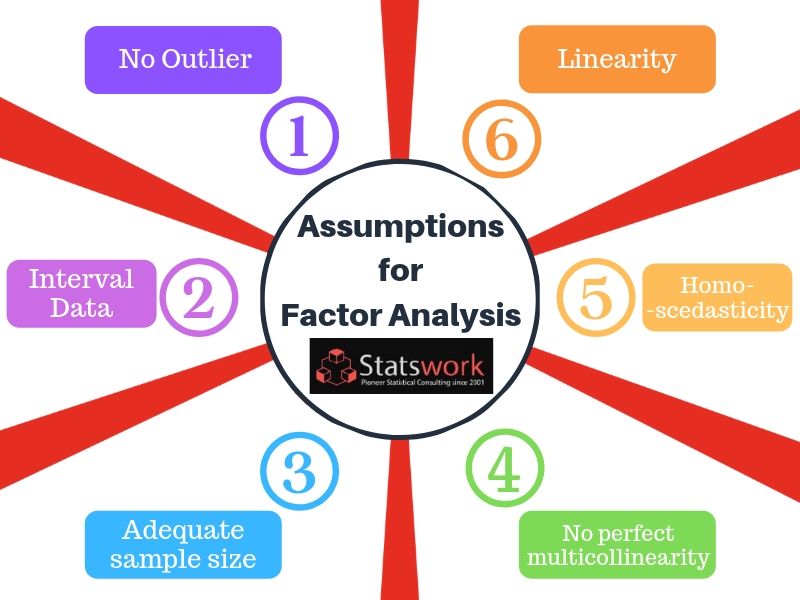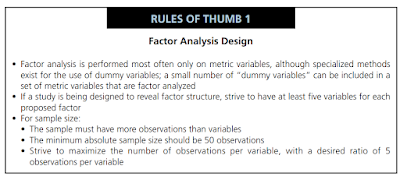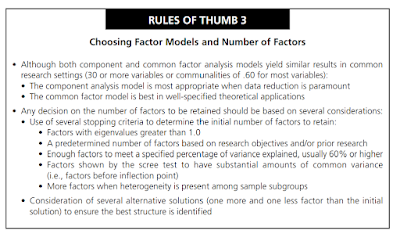INTRODUCTION
- Factor analysis is an interdependence technique whose primary purpose is to define the underlying structure among the variables in the analysis.
- Factor analysis provides the tools for analyzing the structure of the interrelationships (correlations) among a large number of variables (e.g., test scores, test items, questionnaire responses) by defining sets of variables that are highly interrelated, known as factors.
- These groups of variables (factors), which are by definition highly intercorrelated, are assumed to represent dimensions within the data.
- If we are only concerned with reducing the number of variables, then the dimensions can guide in creating new composite measures. However, if we have a conceptual basis for understanding the relationships between variables, then the dimensions may actually have meaning for what they collectively represent.
- In the latter case, these dimensions may correspond to concepts that cannot be adequately described by a single measure. We will see that factor analysis presents several ways of representing these groups of variables for use in other multivariate techniques.
(Nguồn: https://statswork.com/blog/factor-analysis/)
- We should note at this point that factor analytic techniques can achieve their purposes from either an exploratory or confirmatory perspective.
- For exploratory perspective, it is useful in searching for structure among a set of variables or as a data reduction method. In this perspective, factor analytic techniques “take what the data give you” and do not set any a priori constraints on the estimation of components or the number of components to be extracted.
- For confirmatory perspective, researcher has preconceived thoughts on the actual structure of the data, based on theoretical support or prior research. In these instances, the researcher requires that factor analysis take a confirmatory approach—that is, assess the degree to which the data meet the expected structure.
FACTOR ANALYSIS DECISION PROCESS
Nguồn của thông tin
- Hair, J. F., Black, W. C., Babin, B. J., Anderson, R. E., & Tatham, R. L. (2013). Multivariate Data Analysis (8th ed.). Edinburgh Gate, Harlow: Pearson












Không có nhận xét nào:
Đăng nhận xét